Who the Heck Was Roy Wilkins?
Roy Wilkins was born on August 30, 1901, in St. Louis, MO. After his mother’s death in 1905, Wilkins and his two siblings moved to St. Paul to live with his maternal aunt and her husband in the North End neighborhood he would later point out to colleagues was “full of Swedes and Germans, French, Irish, and Jews.” After graduating from St. Paul’s Mechanic Arts High School, he majored in Sociology at the University of Minnesota. There he became the first black reporter for the Minnesota Daily and worked as editor of several black community newspapers in the Twin Cities.
Throughout the 1920s, Wilkins was haunted by the lynching of three black circus workers, Elias Clayton, Elmer Jackson, and Isaac McGhie, in Duluth on June 16, 1920. Wilkins later spoke about how the event made him feel sick, scared, and angry. In his 1982 autobiography Standing Fast: The Autobiography of Roy Wilkins, he stated: “This was Minnesota, not Mississippi, but every Negro in the show had been suspect in the eyes of the police and guilty in the eyes of the mob.” Wilkins claimed he lost his innocence on race once and for all on that summer day in 1920 and it ignited a spark that led him to join the St. Paul chapter of the National Association for the Advancement of Colored People (NAACP) in 1921.
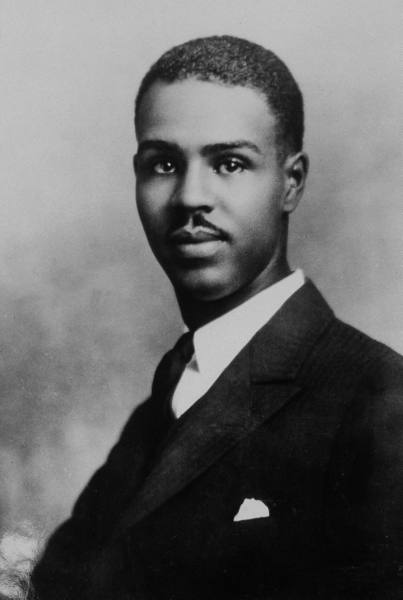
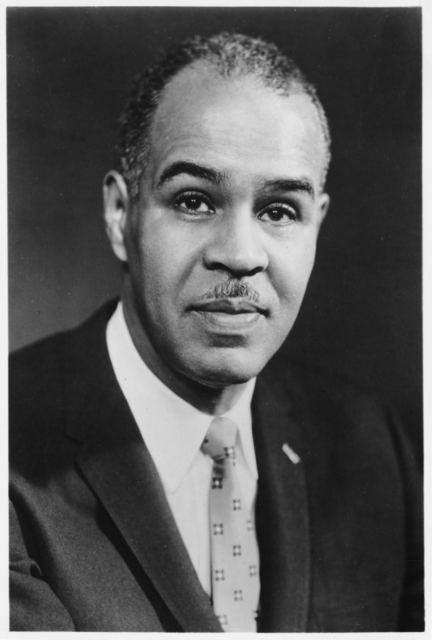
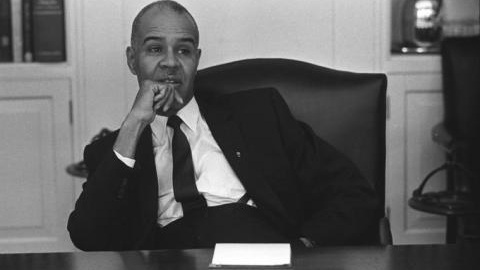
After graduating from the University of Minnesota in 1923, he married Aminda (Minnie) Badeau and moved to Kansas City to be the managing editor of the Kansas City Call, a newspaper serving the black community. He remained actively involved with the NAACP in Kansas City. He took a job with the national office of the NAACP in 1930 and replaced W. E. B. Du Bois as the editor of the official magazine of the NAACP, the Crisis, in 1934. After acting as executive secretary of the organization through the 1950s, Wilkins was named executive director in 1964.
During his time with the NAACP, Wilkins developed a reputation as an outstanding spokesperson for the civil rights movement and began implementing his strategy of increased legal action. One of his first actions as executive director was to provide support to civil rights activists in Mississippi who were being subjected to a “credit squeeze” by members of the White Citizens Councils.
Wilkins played an integral role in organizing the March on Washington in 1963, participated in three of the Selma to Montgomery marches in 1965, as well as the March Against Fear that encouraged blacks overcome their trepidation around voting and encouraged voter registration in 1966.
For nearly two decades, Wilkins spearheaded NAACP legal cases, marches, protests, and other activities that led to landmark civil rights victories like Brown v. Board of Education, the Civil Rights Acts of 1957, 1964, and 1968, and the Voting Rights Act of 1965. He played a pivotal role in leading the nation into the Civil Rights Movement. The NAACP awarded Wilkins the Spingarn Medal in 1964, and in 1967 President Lyndon B. Johnson presented him with the country’s highest civilian honor, the Presidential Medal of Freedom.
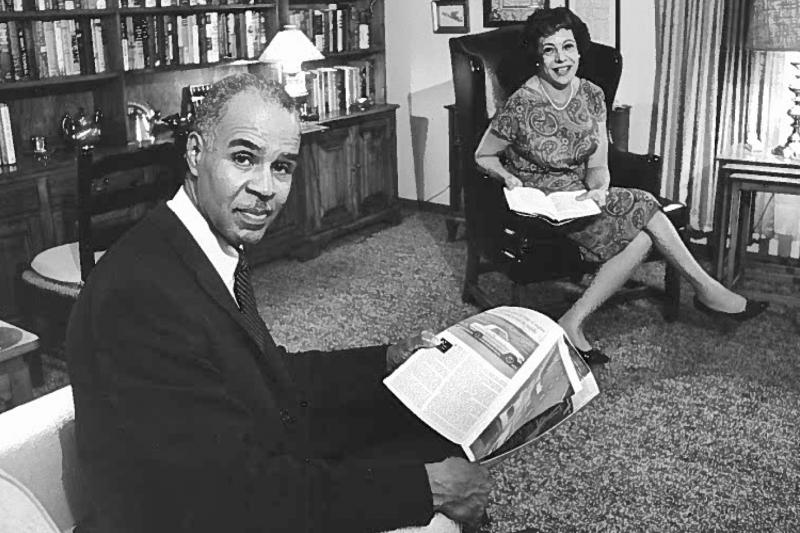
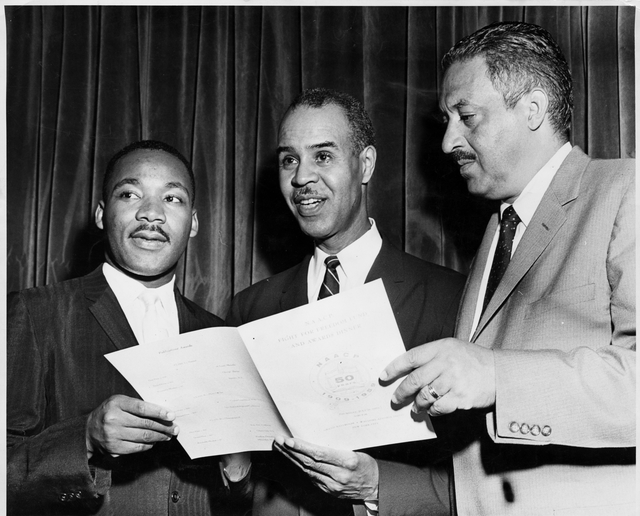
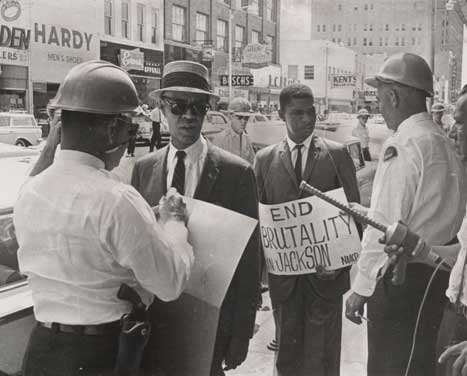
Wilkins retired from the NAACP in 1977 and was honored with the title Director Emeritus of the NAACP the same year. Roy Wilkins died in New York City on September 8, 1981.
Although he wasn’t from Minnesota, Wilkins time in St. Paul and at the University of Minnesota impacted his civil rights work. He attended integrated schools and lived in a blended neighborhood where white people and black people lived together in peace and cared for one another. This equipped Wilkins with a tempered approach to the civil rights cause that many living in the segregated south hadn’t experienced. These experiences and insights allowed him to have a unique and valued voice in the Civil Rights Movement.
Minnesota has several memorials to Wilkins that you will recognize: The St. Paul Civic Center Auditorium was renamed the Roy Wilkins Auditorium in 1984, the Wilkins Center at the University of Minnesota was founded in 1992 as a joint effort of the University of Minnesota and the Roy Wilkins Foundation, a memorial to him was placed on the Minnesota State Capitol mall in 1995, and the University of Minnesota built Roy Wilkins Hall dormitory in 1996.
